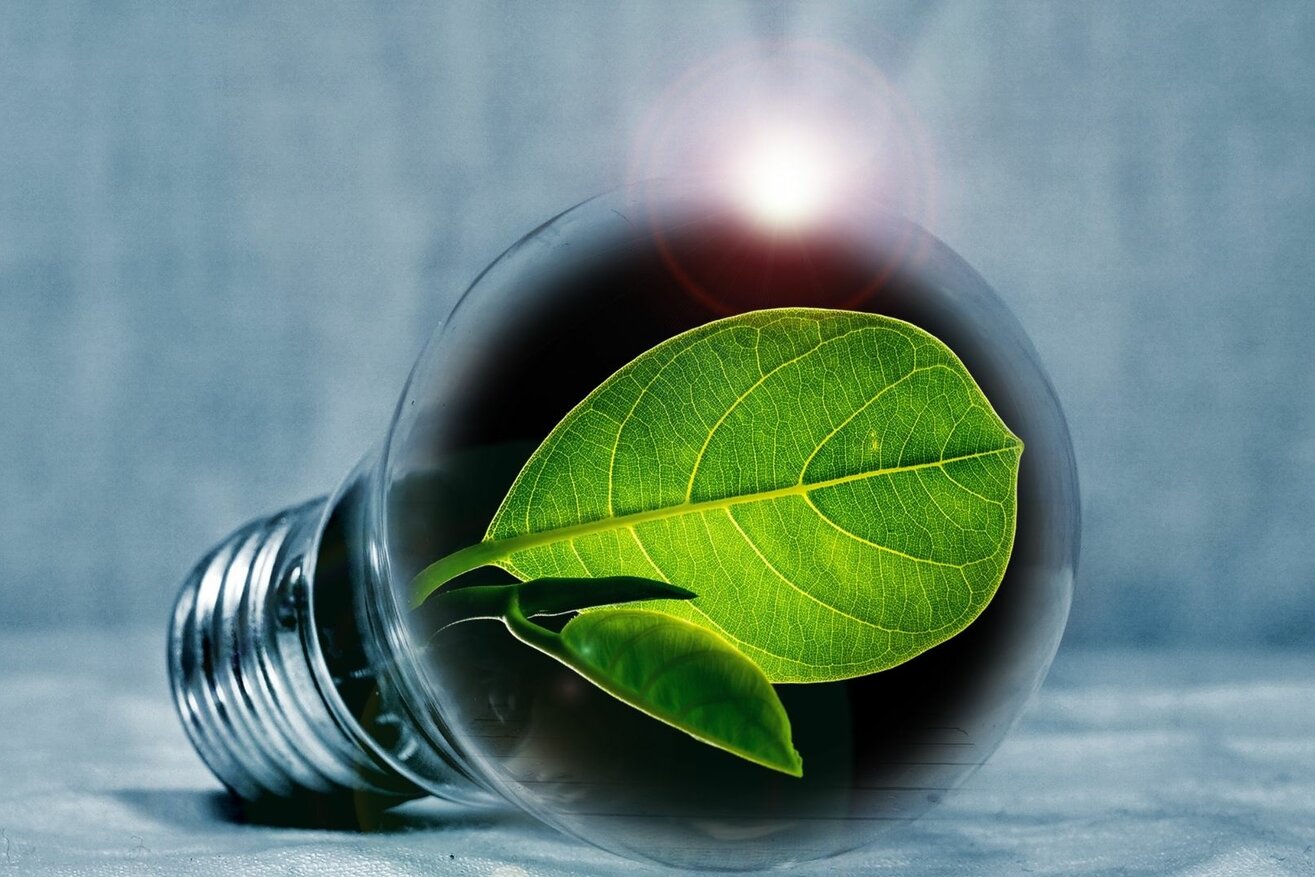The future of green hydrogen as a key component for a zero-carbon economy

Tom Legard, Partner and Head of Energy, Manufacturing & Infrastructure Practice at Odgers Interim, discusses the future of green hydrogen and its importance for a zero-carbon economy
Over the past few years, the discussion about climate change and the much-needed initiatives to move towards a zero-carbon economy have increased manifold across the public sphere. Formerly a topic of communication dominated by climate change NGOs, climate and energy researchers and energy companies, businesses across all sectors have long realised the role they play in the development of a green energy infrastructure.
In the industrial sector, the debate revolving around greener and more sustainable energy sources has increasingly picked up. One of the most discussed resources in recent years has been hydrogen, particularly the benefits of green hydrogen. Industry experts like Dr Graham Cooley, CEO of ITM Power PLC, have long championed that green hydrogen is not only one of the most sustainable green energy resources, but also that independence from fossil fuels and provision of energy security should be at the forefront of discussions around energy solutions.
The difference between blue and green hydrogen
As more and more industries consider investing in greener energy solutions as a result of policy changes and public lobbying, the need for an affordable, sustainable, and feasible green resource becomes more and more apparent. The key player emerging from these discussions has been hydrogen, and with recent news of BP planning to build a new blue hydrogen plant in Teeside, UK, the spotlight is once more on hydrogen as a viable energy source.
Green hydrogen is derived from the process of electrolysis, which uses electricity to split water into hydrogen and oxygen. If a renewable source of energy, such as solar or wind power, is used, the output is determined to be ‘green hydrogen’. It is effectively a net zero carbon gas, as the only carbon emissions are from those embodied in the generation infrastructure.
Blue hydrogen, on the other hand, is not only produced from non-renewable energy sources, the two primary methods of production also produce carbon, making carbon capture and storage (CCS) systems essential for trapping and storing the by-product. The challenge of storage and supply chain infrastructure remains one of the main obstacles on the way to achieving a future in which hydrogen is the key energy player.
Green hydrogen is supported by international policies
Climate change and the urgent need for green energy solutions has been on the agenda of governments and policy makers around the world for many years. In April 2020, the European Union announced their EU Green Recovery Package, a €1 trillion investment pot to further research into sustainable resources and help build infrastructures for green energy solution. Of that package alone, €150 billion has been allocated to green hydrogen, indicating that it plays an invaluable part in the transition to a zero-carbon future.
Similarly, the UK 10-point plan, backed by the Prime Minister in November 2020, outlines a 10 step plan towards a green industrial revolution of which five steps require the input and support the development of green hydrogen.
Where we are now on the path to a green hydrogen future
In order to reach the green energy transition milestones set by policy makers and governments, industries must assess where they are now in terms of implementation and investment of green energy solutions. As the infrastructure develops, the price of renewable energy falls. Simultaneously, demand for green energy solutions is on the rise, driven by ambitious zero carbon targets, vast improvements in the electrolyser technology, and government and privately funded investment into further research and infrastructure solutions.
In the UK, businesses like ITM Power, are actively driving the green hydrogen agenda forward. The British company, headquartered in Sheffield, is positioning itself to be a key player in the green hydrogen supply chain, boasting the world’s largest electrolyser factory, as well as the world’s largest PEM electrolyser. With decades of industry expertise under his belt, CEO Dr Graham Cooley, a materials physicist by training, is rapidly growing the company and deploying electrolysers around the world.
The future is green (hydrogen)
With a rise in demand for green energy solutions, the race to find the cleanest, yet most cost-effective resource possible has begun. And while green hydrogen is a zero-carbon alternative to fossil fuels, it faces many challenges in terms of storage and supply chain solution.
However, green hydrogen plays in integral part in the transition to greener fuels. It can replace the carbonized natural gas currently used in the UK for both commercial and domestic markets, and as a power-to-gas energy source, can be used for renewable chemistry, as well as provide clean fuel for the transportation industry. Companies are starting to utilize the benefits of green hydrogen, with transportation company DHL running a fleet of vehicles using green hydrogen as fuel.
This is the chance to drive the green hydrogen agenda forward. Green hydrogen is critical for the energy transition, especially as we are moving away from coal and other fossil fuels. Green hydrogen will work in tandem with other renewable energy resources to add volume to the supply chain and by extension, supply our homes and industries with clean energy.
The future of green hydrogen as a vast expanding industry
Driven by policy changes and public lobbying, more and more industries are embracing the transition to renewable energies and are looking to transform their existing infrastructure and implement long term solutions for green energy. With markets like refinery electrolyser manufacturing generating in excess of €90billion, demand for talent is already picking up. Tom specializes in recruiting senior interim executives across all management functions to help companies deliver business critical change projects.
If you would like to discuss this article, or you have any further questions about the content or Interim solutions for the industrial and infrastructure sector, please contact Tom Legard.






